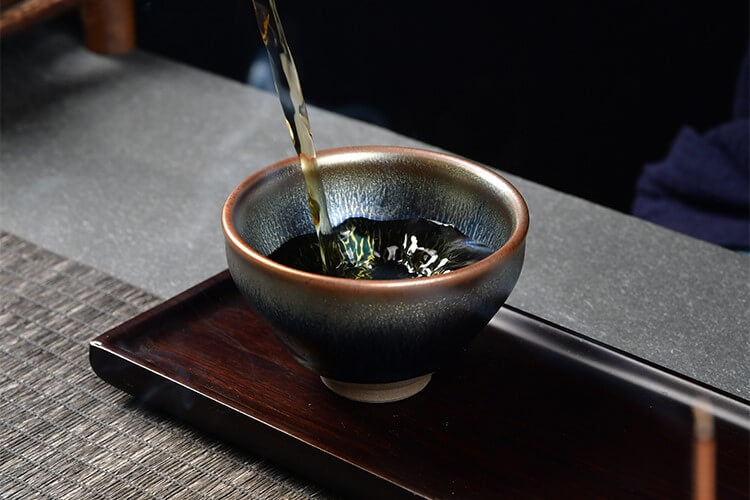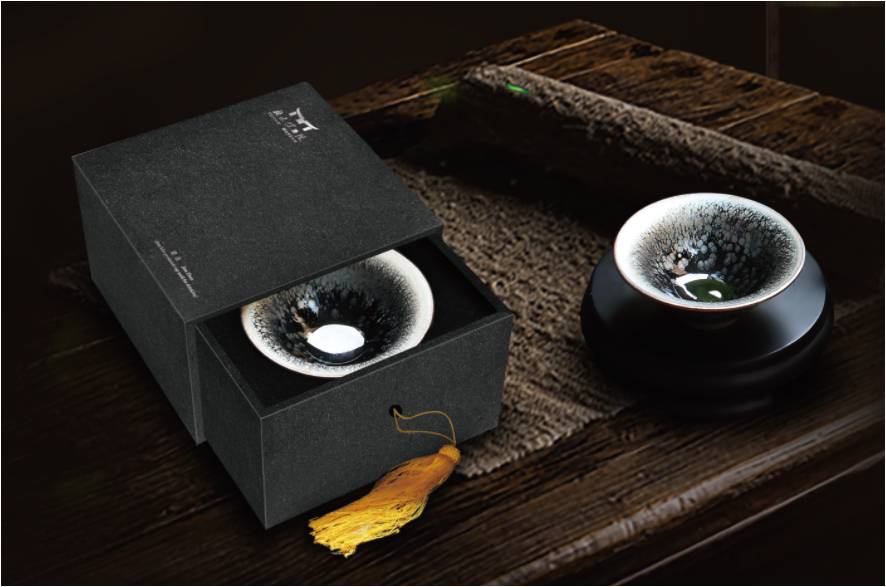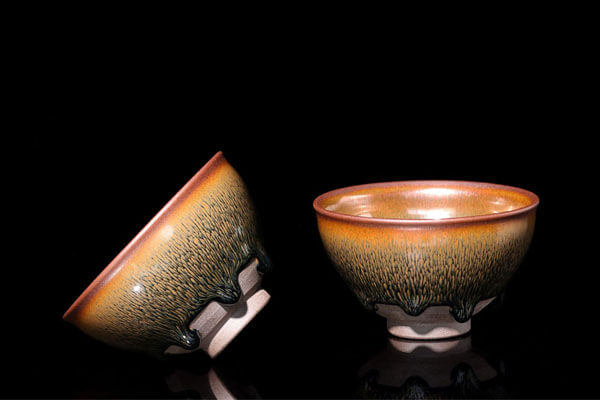Yohen Tenmoku Only Three and a Half Surviving
One of Ceramic History’s Ten Great Unsolved Mysteries: The Yohen Jian Zhan, Only Three and a Half Surviving in the World
The Yohen Tenmoku (曜变建盏 Jian Zhan), one of the ten greatest enigmas in ceramic history, is a treasure of unparalleled rarity—only three complete pieces and one fragment survive today.
As one of the most celebrated ceramics of ancient China, Tenmoku / Jian Zhan from the Jian Kiln served as imperial tea ware during the Song Dynasty (960–1279), coveted by royalty, nobility, and literati alike. In 2011, the firing techniques of Jian Zhan were inscribed into China’s National Intangible Cultural Heritage List (Third Batch).

What Does "Yohen" Mean?
- Tan Ruilin, a renowned scholar of black-glazed ceramics, described: “Yohen refers to the iridescent glow—blending yellow, blue, green, and purple—that radiates from the thin film on the surface of a black-glazed vessel under light.”
- Koyama Fujio, a Japanese authority on Chinese ceramics, wrote in Tenmoku: “Yohen refers to Jian Zhan pieces with thick black glaze, adorned with crystalline spots surrounded by halos resembling solar coronas.”
Origins of the Term "Yohen"
The earliest written record of “曜变” (Yohen) appears in Japan’s Muromachi period (1336–1573) text Nōa Shōden-shū:
“Yohen, an exceedingly rare treasure, has a glaze resembling leopard fur and stands as the supreme masterpiece among Jian Zhan.”

Why Does Yohen Occur?
Japanese researcher Yamazaki Kazuo proposed:
“The blue radiance of Yohen is not from the glaze itself but likely caused by a thin film coating the surface. This film creates optical interference, akin to the iridescence of oil on water or anti-reflective coatings on camera lenses.”
To this day, the mechanism behind Yohen remains one of ceramic history’s greatest mysteries. No one has successfully replicated a true Yohen Jian Zhan. Currently, only three complete examples and one fragment are acknowledged to exist worldwide:
- Yohen Tenmoku (国宝, National Treasure of Japan), Fujii Yūkōkan Museum, Kyoto.
- Yohen Tenmoku (国宝), Seikadō Bunko Art Museum, Tokyo.
- Yohen Tenmoku (国宝), Museum of Oriental Ceramics, Osaka.
- Half Fragment (formerly owned by the Ryūkō-in Temple, Kyoto).
These relics, scattered across Japanese collections, stand as silent witnesses to a craft lost to time—a luminous enigma frozen in clay and fire.






